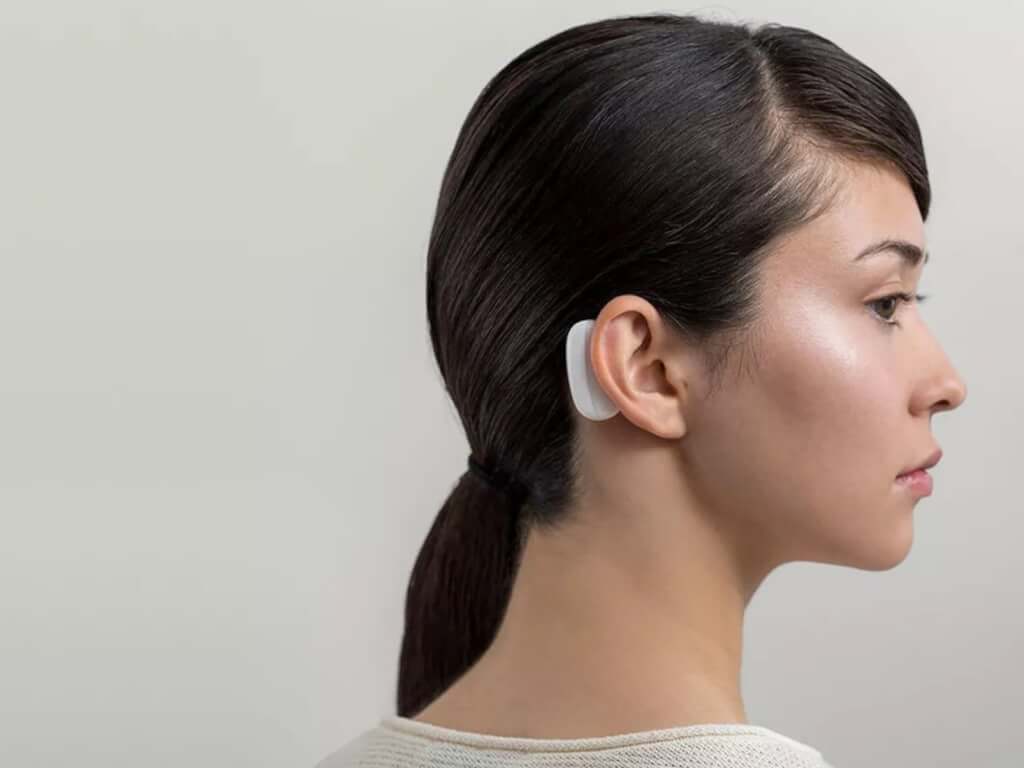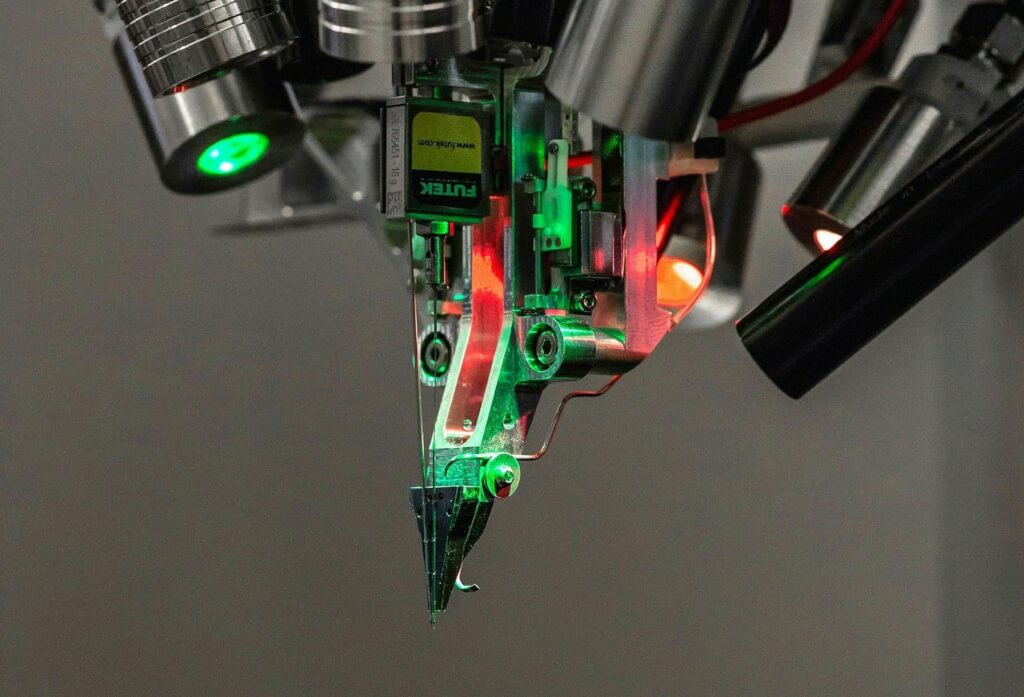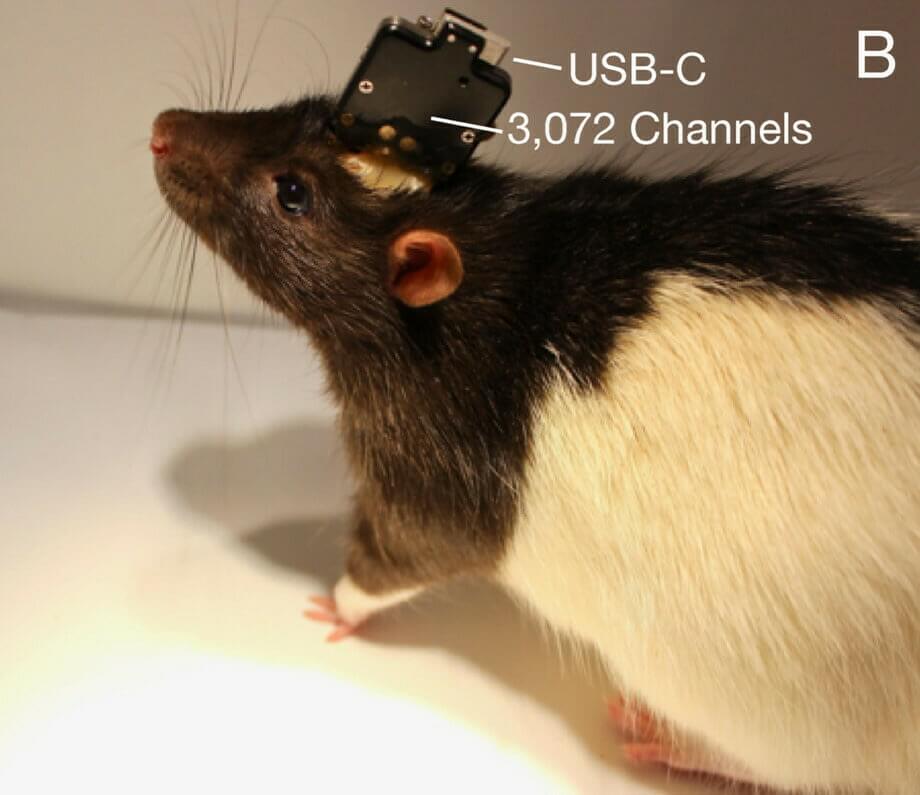Ilon Mask showed the way of reading thoughts: experiments on people will begin next year
So far, experiments were performed only on rats. The technology plans to begin testing in humans in the second quarter of 2020.

Photo: Neuralink
Startup Ilona Mask Neuralink, who since 2017 has been developing neural interfaces and directly connecting the human brain to a computer, for the first time presented the results of the two-year work is a technology based on “threads”, which will make it safer to implant chips into the human brain and read information faster.
The main goal of the company is to implant implants to paralyzed people so that they can use telephones and computers. At the presentation, Musk noted that in the future, a startup plans to "achieve a symbiosis with artificial intelligence."
For this, a startup has developed flexible “threads” with a thickness of 4-6 μm, which is smaller than a human hair, which are implanted with needles. "Threads" allow you to quickly read information and send it to the sensor mounted on the skull than the previous analogues.

Photo: Neuralink
The company has developed a neurosurgical robot that can automatically implant six “strands” containing 192 electrodes per minute. It avoids blood vessels, which helps reduce inflammatory reactions in the brain during surgery. The robot simultaneously looks like a microscope and a sewing machine.

Neuralink machine for implanting "threads". A photo: Neuralink
Neuralink also introduced a chip that reads signals from the brain to read data from the “threads”. Now the chip can transmit information using USB-C, but in the future, scientists plan to create a system that would work over a wireless network. Sensors will be embedded in the brain and connected to a device with a battery located behind the ear. Developers plan that the system can be managed using a smartphone.
So far, the company has conducted experiments only on laboratory rats that have 1500 electrodes implanted into them. Information received from a rat with a USB-C-port on the head was transmitted 10 times faster than current sensors, noted in bloomberg. Now the technology of implanting "threads" requires drilling holes in the skull, but in the future, scientists hope to use lasers to avoid this. Neuroscientists at Stanford will begin testing technology in humans in the second quarter of 2020.

Rat with the implanted chip. A photo: Neuralink
In an interview with the New York Times, Neuralink scientists notedthat the company "has a long way to go" before they can provide technology for the commercial market.
https://www.youtube.com/watch?v=r-vbh3t7WVI&feature=youtu.be
Read also on ForumDaily:
Morning rituals of successful people: 11 inspirational examples
NASA will send tourists into space for $ 35 thousands per day
"This is not Hollywood and not a movie": the head of NASA warned of a real threat to the Earth
Drugs and 20-hour working day: how you will have to survive in Silicon Valley
Subscribe to ForumDaily on Google NewsDo you want more important and interesting news about life in the USA and immigration to America? — support us donate! Also subscribe to our page Facebook. Select the “Priority in display” option and read us first. Also, don't forget to subscribe to our РєР ° РЅР ° Р »РІ Telegram and Instagram- there is a lot of interesting things there. And join thousands of readers ForumDaily New York — there you will find a lot of interesting and positive information about life in the metropolis.











